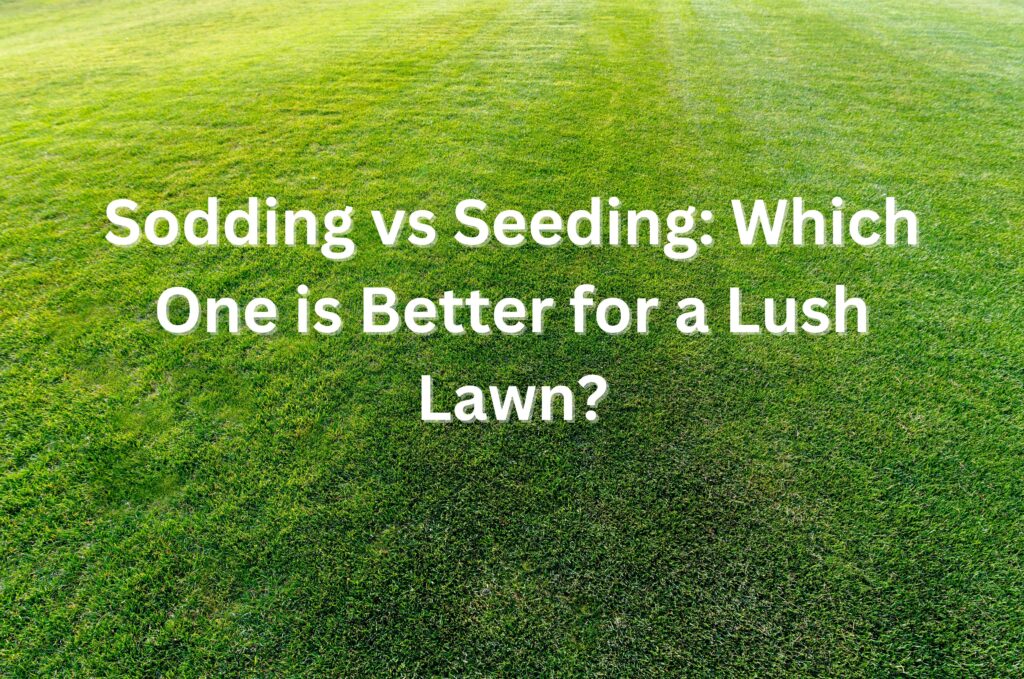Table of Contents
What is Sodding?
Advantages of Sodding:
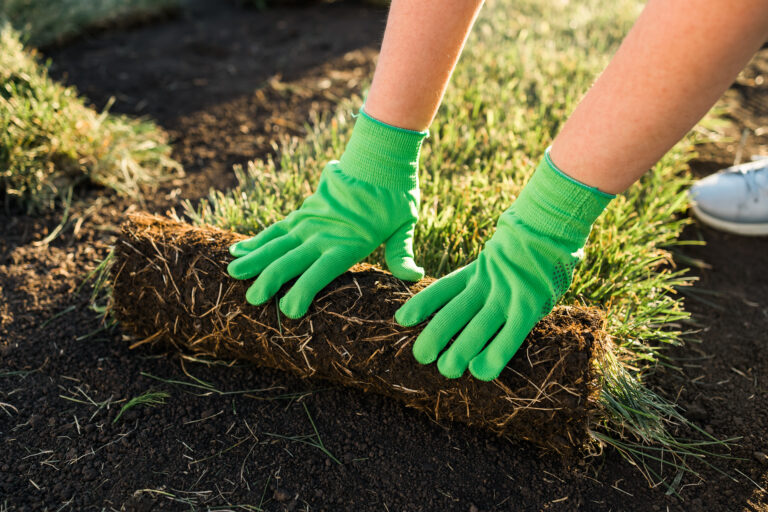
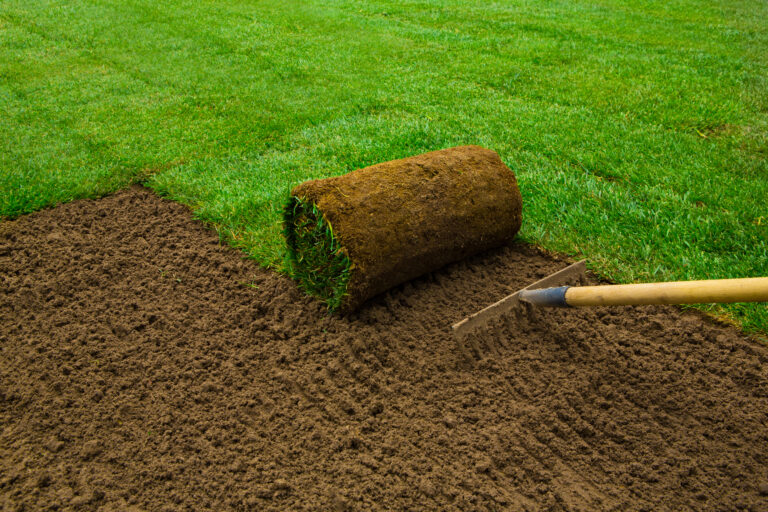
- Instant Curb Appeal: One of the biggest selling points of sodding is that it delivers a fully grown lawn right away. As soon as the sod is laid down, your yard looks green, fresh, and well-maintained.
- Immediate Erosion Control: Because sod is made up of mature grass with a solid root system, it acts as an immediate barrier to soil erosion. This is particularly important for properties with slopes or areas that are prone to heavy rain, where loose soil could otherwise wash away.
- Faster Usability: Unlike a seeded lawn, which requires months to grow and fill in, a sodded lawn is usually ready for light use in just a few weeks. After proper watering and care, you can begin enjoying your yard much sooner.
- Weed Prevention: With sodding, the grass is dense and already established, leaving little room for weeds to grow. This means less weeding and fewer maintenance concerns in the early stages of your lawn’s development. If you’d like to explore more about how to identify garden weed and control them, read our blog 17 Lawn and Garden Weeds: How to Identify and Control Them
Disadvantages of Sodding:
- Higher Upfront Costs: The convenience of having an instant lawn comes with a price. Sod is significantly more expensive than grass seed, and the cost can rise further if you hire professionals to install it.
- Limited Grass Varieties: Sod is usually grown in a limited number of grass species, typically those that are widely available and can be harvested at scale. This limits your options if you want a specific type of grass for your yard.
- Labor-Intensive Installation: Laying sod correctly requires careful soil preparation and precise alignment of the sod pieces. Improper installation can lead to gaps, uneven growth, and failure of the sod to take root.
What is Seeding?
Seeding involves spreading grass seed over soil and nurturing it as it grows into a full lawn. Although seeding takes longer to deliver results, it offers a number of benefits, especially for those who want more control over their lawn’s appearance and health. Seeding is an excellent option for people who are willing to invest time and patience in growing their lawn from the ground up.
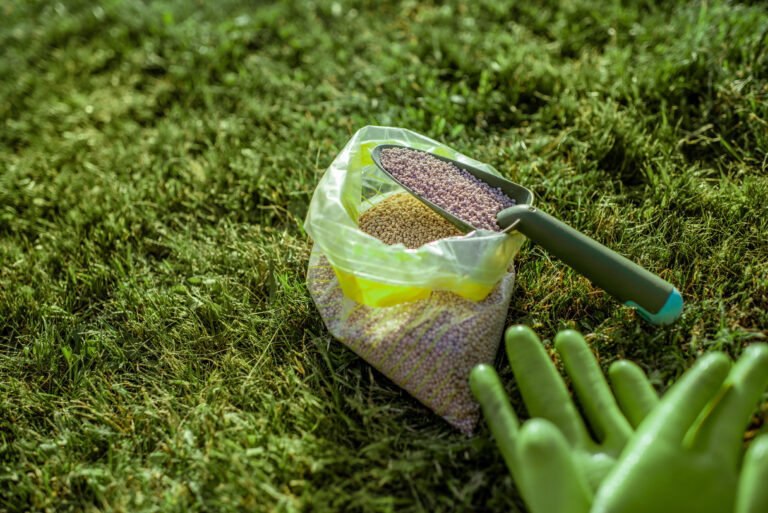
Advantages of Seeding:
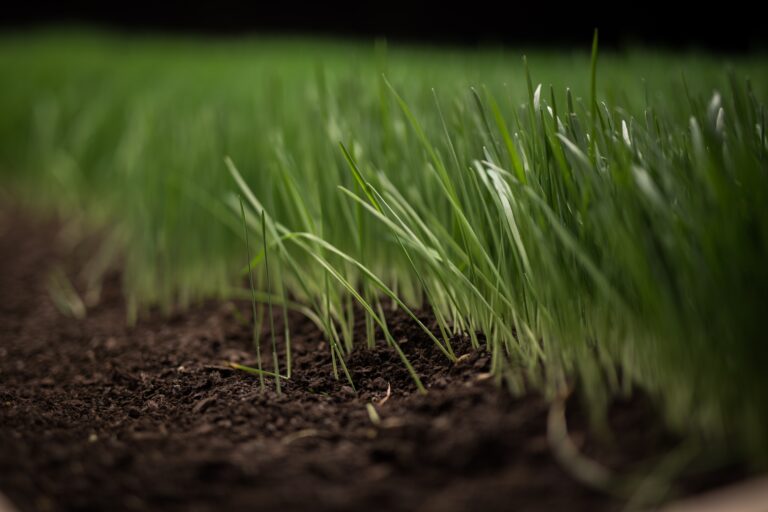
- Cost-Effective Solution: Seeding is much cheaper than sodding, making it an attractive option for homeowners working with a tight budget. While it takes longer to see results, the significant cost savings can be worth the wait.
- Greater Variety of Grass Species: Seeding allows you to select from a wide variety of grass types, including species that are better suited to specific climates, soil conditions, and usage patterns. You can choose a blend of seeds that will perform well in your area, ensuring a more customized and resilient lawn.
- Stronger Root System: Grass grown from seed develops a deeper root system than sod because it starts from scratch in its environment. Over time, this leads to a healthier, more resilient lawn that can better withstand drought, pests, and foot traffic.
- Flexibility: With seeding, you have the freedom to reseed areas as needed, allowing you to fill in bare patches or repair damaged spots more easily.
Disadvantages of Seeding:
- Longer Establishment Time: Growing a lawn from seed is a long-term project. It can take several months for the grass to grow fully and fill in, leaving your yard looking sparse and uneven in the early stages.
- More Maintenance Required: A newly seeded lawn requires regular care, including consistent watering, fertilizing, and protection from weeds. This level of maintenance is crucial in the first few months to ensure successful germination and growth.
- Vulnerability to Erosion: Since seeds take time to grow, the soil remains vulnerable to erosion during this period. Heavy rain or strong winds can wash away the seeds or damage the delicate young grass before it establishes a root system.
- Seasonal Limitations: Seeding is most effective when done in the spring or fall, when the weather is cooler and there is enough moisture for germination. This means your window of opportunity for planting is more limited compared to sod, which can be installed in most seasons.
Factors to Consider Before Choosing
When deciding between sodding and seeding, it’s important to weigh several factors:
- Budget: If cost is a major concern, seeding is the more affordable option. However, if you have the budget and want instant results, sodding may be worth the investment.
- Time Frame: For those who need a lawn quickly, perhaps for an upcoming event or to prevent soil erosion, sodding is the best option. If time isn’t a constraint and you’re willing to wait for the grass to grow, seeding offers a more gradual but rewarding process.
- Grass Variety: Seeding allows you to choose specific grass varieties or blends that match your region’s climate, whereas sodding may limit your choices.
- Maintenance Commitment: Seeding requires more time, effort, and maintenance, especially in the early stages. Sodding, while requiring proper installation, generally needs less intensive care after the initial establishment period.
Conclusion
Whether you choose sodding or seeding, both methods can provide you with a beautiful, healthy lawn. Sodding offers the advantage of instant gratification and a quick, erosion-resistant solution, but at a higher cost and with fewer grass type options. Seeding, on the other hand, is a slower process that requires more care and patience, but it allows for customization, better root development, and significant cost savings.
Ultimately, the best choice depends on your specific needs, resources, and long-term goals. By carefully considering your budget, time frame, and desired lawn characteristics, you can make an informed decision that will help you create the lush, green lawn you’ve always wanted. For more detailed information and tailored advice, visit our page on sodding. For support on your next sod installation service project, please feel free to reach out through our contact form, and our team will be happy to help.



